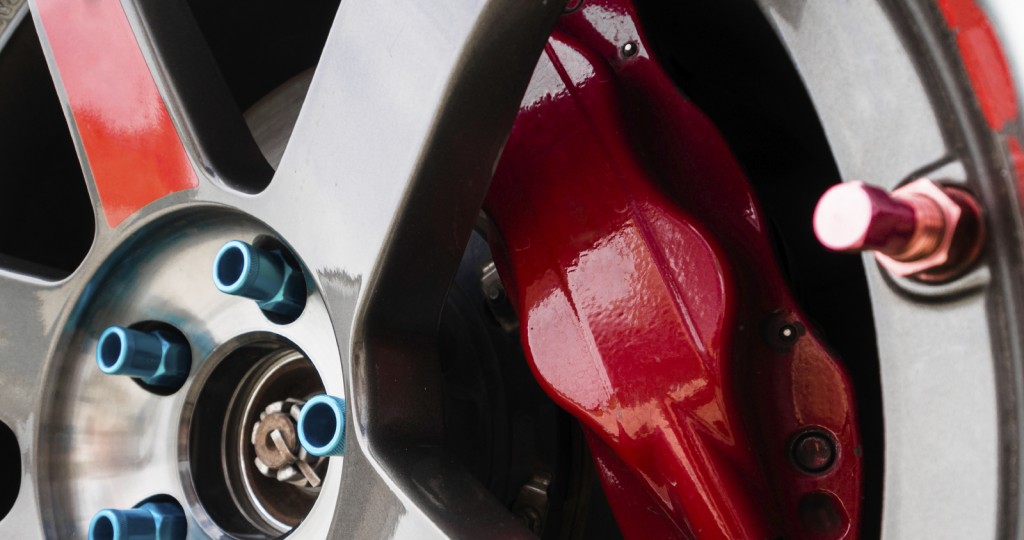ABS Systems and Stability Control Vehicle Repair
For the last 20 years, the industry has been warning technicians and shop owners about the impending challenges that technology presents and the subsequent need to prepare for those challenges. Some have taken heed and made changes in the way they approach technology-based systems, while many have decided to focus on the systems that don’t use technology or systems where you can avoid this technology. Those of us who were members of the “Paul Revere brigade” became the boys who cried wolf. Well, I would like to suggest that the day has come where there is no avoiding technology, even in brake and suspension service.
Let’s start with brakes. I’m sure you have all been to an ABS systems class where you’ve heard that the base brake system must be operating as designed in order for ABS systems to work properly. This is true, but many still perform brake service in the same way they always have: They turn the rotors and slap a set of pads on the vehicle without cleaning or checking for lateral runout. The vehicle would then come back once in a while with pedal pulsation or noise issues, and the blame would be placed on the brake pads. Next, add the reluctance of the motorist to approve a repair that illuminates the ABS systems warning light because — in their opinion — the vehicle stops just fine. They get used to the yellow light because no one can effectively explain how important that light is. Of course, early vehicles equipped with ABS systems are more likely to have ABS lights on because they have high miles on the system, and there are no other technologies on the vehicle that the motorist views as valuable that are affected by inoperative ABS systems. Clearly, we have created a real issue over the last 20 years by not buying in to the value of ABS systems, the importance of the base brake system, and our inability or unwillingness to communicate the importance of both to the motorist. We have trained ourselves, and our customers, to think good enough is good enough.
Then there’s the suspension system. For years, we have replaced components to cure tire wear and issues that cause the vehicle to pull one direction or another because of the value. Tires aren’t cheap, and no one likes to drive down the road with a steering wheel that is pulling the vehicle towards a ditch. Yet, we still applied the “good enough” mentality to the alignment of these vehicles by getting into the “set the toe and let it go” routine. The thought being that there weren’t many vehicles that were adjustable from the factory, and if the alignment equipment displayed the settings as green, they must be good. Again, we have more than 20 years of bad habits to break in order to be ready to service new technologies.
Since 2008, all vehicles sold in the U.S. have had to be equipped with stability control systems. These systems all use ABS systems as the primary means of controlling the directional stability of the vehicle. ABS systems, along with electronic throttles and a multitude of sensors that detect how the vehicle is acting, create a complex system that everyone must recognize and understand how to manage. To put it simply, the stability control system assumes a lot of information. It assumes the steering angle sensor has been calibrated correctly, and it assumes the total toe-in of the vehicle is split evenly. These assumptions must be correct or when the system applies the ABS systems to correct a stability issue, the vehicle may react in an unusual way. To compound the issue, ABS systems assume the base brake system is perfect. If the base brake system isn’t perfect, the vehicle reaction may again be unusual or unsafe.
To learn more about how to effectively fix ABS systems and other brake and chassis systems, visit www.CTIonline. com or contact your local Advance or CARQUEST delivery location.
Courtesy: Chris Chesney, senior director of customer training, CARQUEST Technical Institute by Advance Professional














